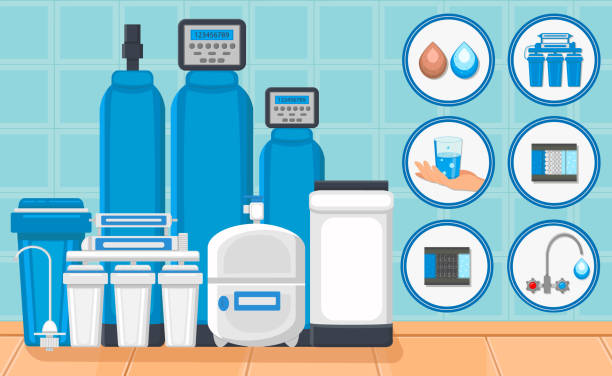BENZENE

Benzene is highly flammable and is also produced naturally from volcanoes and forest fires. Safe Home offers a couple kits that provide drinking water testing for benzene in city and well water supplies.
Parameter Type: Drinking Water Testing for Volatiles
Parameter Name: Benzene
What it is and Where it Comes From:
Benzene is a clear, colorless, highly flammable, and volatile, liquid aromatic hydrocarbon with a gasoline-like odor. Benzene is formed from both natural processes and human activities. Natural sources of benzene include volcanoes and forest fires. Benzene is also a natural part of crude oil, gasoline, and cigarette smoke. Benzene is used as an industrial solvent in paints, varnishes, lacquer thinners, gasoline, etc. Benzene is found in crude oils and as a by-product of oil-refining processes. In industry benzene is used as a solvent, as a chemical intermediate, and is used in the synthesis of numerous chemicals. Drinking water testing gives you several benefits like peace of mind, identifying contaminants in your water, and insight into health concerns. Safe Home offers Laboratory drinking water testing kits for benzene, allowing you to collect your water sample and ship it directly to our EPA-Certified Laboratory. This platform of drinking water testing for benzene will give you an accurate level based on the lowest level of a parameter our instruments can detect (Method Detection Level). Safe Home drinking water testing for volatiles can be used for city and well water supplies. Drinking water testing should be done any time you notice a significant change in your water quality.
Health Effects:
Exposure to this substance causes neurological symptoms and affects the bone marrow causing aplastic anemia, excessive bleeding, and damage to the immune system. Benzene is a known human carcinogen and is linked to an increased risk of developing lymphatic and hematopoietic cancers, acute myelogenous leukemia, as well as chronic lymphocytic leukemia.
Solutions to Contaminant Levels:
After drinking water testing, what are my treatment options? Benzene can be removed by granular activated carbon filters. Carbon filtering is a method of filtering that uses a bed of activated carbon to remove impurities from a fluid using adsorption. Carbon filtering works by adsorption, in which pollutants in the fluid to be treated are trapped inside the pore structure of a carbon substrate. The substrate is made of many carbon granules, each of which is itself highly porous. As a result, the substrate has a large surface area within which contaminants can be trapped. Activated carbon is typically used in filters, as it has been treated to have a much higher surface area than non-treated carbon. Drinking water testing should be done once at least once a year to monitor contaminants in water supplies. Who do I need to contact to find out more information about water quality in my area? Every community water supplier must provide an annual report to its customers, known as a Consumer Confidence Report (CCR). The report provides information on your local drinking water quality, including the water’s source, contaminants found in the water, and how consumers can get involved in protecting drinking water. How often does the local public water system preform drinking water testing? Frequency of drinking water testing depends on the number of people served, the type of water source, and types of contaminants. Certain contaminants are tested more frequently than others, as established by the Safe Drinking Water Act. You can find out about levels of regulated contaminants in your treated water for the previous calendar year in your annual Consumer Confidence Report (CCR).


